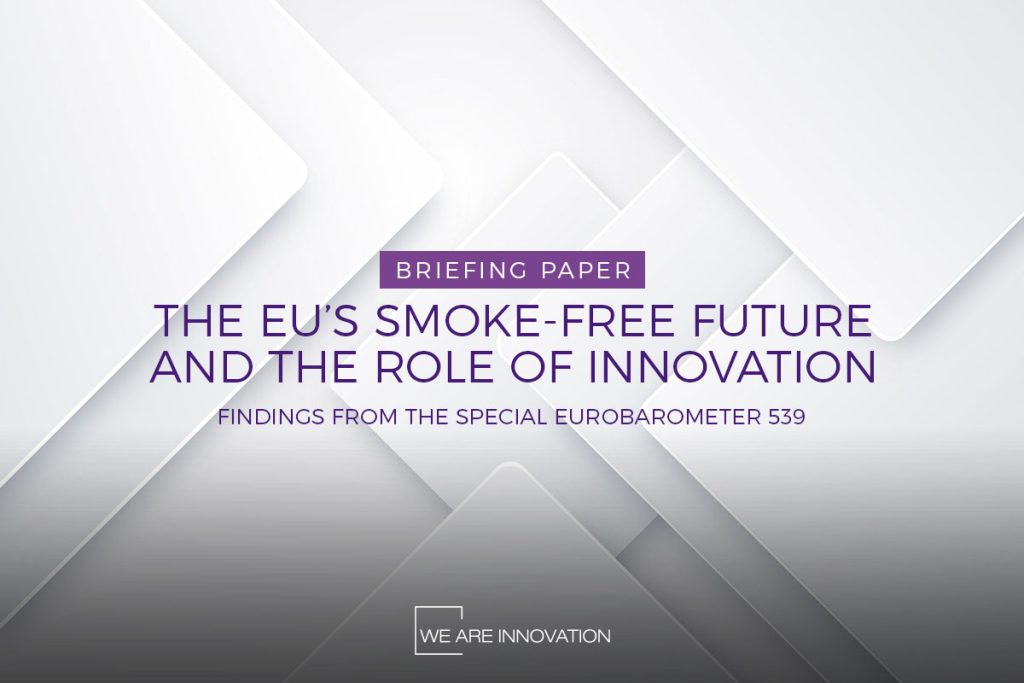According to the findings from the Eurobarometer, 24% of Europeans continue to smoke, indicating a significant gap between the current smoking prevalence and the EU’s smoke-free objective. Global public health experts define a smoke-free status as having a smoking prevalence of 5% or less, a target that, based on the current decline rate, may not be realised until 2100—an alarming 60 years beyond the original goal.
However, WAI’s report identifies notable success stories that offer a glimmer of hope. Countries such as Sweden have implemented progressive regulatory frameworks for alternative smoking products, enabling smokers to transition away from cigarettes. Since 2006, Sweden has seen a dramatic reduction in smoking rates. Similarly, recent progress has been observed in Czechia and Greece, where innovation in smoking cessation approaches is taking root. In contrast, Estonia’s lack of support for innovative alternatives has resulted in rising smoking rates.
The WAI analysis resonates with trends observed beyond the EU. Declining smoking rates in countries like the UK, Switzerland, the USA, New Zealand, and Japan are closely linked to increased adoption of vaping and tobacco heating products. These findings suggest that innovative products can serve as effective “off-ramps” for smokers looking to quit, rather than acting as “on-ramps” that encourage non-smokers to start using nicotine.
The paper argues that establishing a smart regulatory environment for alternative smoking products could yield additional benefits, such as economic growth through enhanced entrepreneurship, innovation, and job creation. Furthermore, it could help mitigate health disparities, as smoking rates are disproportionately higher among lower-income groups.
WAI recommends that the EU’s approach to achieving a smoke-free future must involve a comprehensive reassessment of existing policies. This strategy should blend traditional anti-smoking measures with innovative alternatives to smoking. Key to this transition will be prioritising the accessibility, acceptability, and affordability of various cessation options, which could prove instrumental in reducing smoking prevalence.
As the EU grapples with its smoking epidemic, the insights from WAI’s briefing paper call for an urgent shift in strategy, advocating for innovative solutions that could pave the way to a healthier, smoke-free Europe. Without a concerted effort to adapt and implement more effective measures, the EU risks missing its target and prolonging the public health challenge that smoking continues to pose. More at https://weareinnovation.global/.

